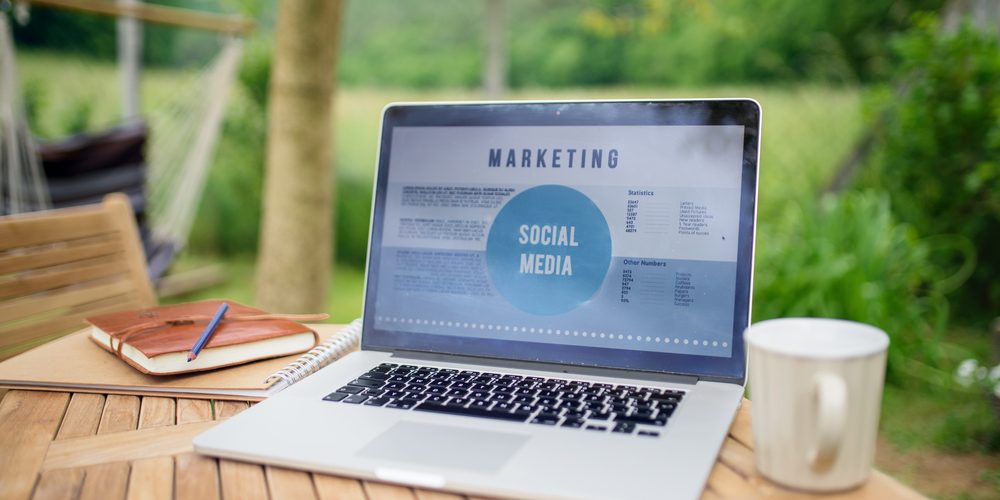How to Use LinkedIn for Business in 2024: The Ultimate Guide to LinkedIn Company Pages
Your company’s LinkedIn page is exactly the place where your target audience gets to know your brand — digitally. It’s one of the top social media sites your small business should be on. Not only because it’s estimated to have 828.43 million users by 2027 (although that’s great) but also because it’s the place to be to attract talent, engage with your audience, and give your brand a voice. I’ll share everything you need to know about creating and using them effectively.
How often you can post also depends on your team’s bandwidth and your existing content catalog. Whatever cadence works for you, it’s best to create a content calendar in advance and schedule your posts using Buffer instead of relying on fickle motivation to post consistently.
Summary of events — past or upcoming (and company updates)
If your company hosts many real-life events, does influencer marketing partnerships, or expert panels — use pictures and videos from these events in your LinkedIn content. Retail brand MECCA does this regularly.
Takeaway: Post about the current happenings in your company — from events to product updates to new hires.
Repost and repurpose content
Who says all the content you post on LinkedIn has to be native to the platform? Repurpose your existing content to get the maximum benefit out of each piece you produce. We practice this regularly at Buffer to maintain the publishing cadence and ensure we get our content in front of more readers. For example, this LinkedIn post about AI prompts is a carousel post repurposed from a long-form blog.
Stage 5: Engage with your target audience via your Linkedin page
Linkedin for business isn’t a one-way street. To build and maintain your page’s following, you must show up and engage with your audience. This looks like:
- Responding to the comments you receive on your posts
- Answering any direct messages you receive via LinkedIn chat
- Commenting and interacting with the posts of your employees, thought leaders, and adjacent companies in your industry
To make this easier, start following relevant people and pages from your LinkedIn page and interacting with them using your company profile.
Stage 6: Use Showcase and Product Pages for specific business initiatives
One of LinkedIn’s latest features for Pages is the showcase pages and the product pages.
Showcase Pages are subsets of your LinkedIn page about certain product lines or other companies you hold. It can be anything. Airbnb has showcase pages for its hosts, work, etc.
Product Pages allow you to add product media, featured customers, product highlights, product as a skill, and more. It’s about highlighting the products or services you’re selling.
Stage 7: Optimize your content and strategy using LinkedIn analytics
The last stage is tracking your performance data to see how you’re performing. LinkedIn itself gives A+ reports on your content performance, page visitors, follower growth, lead generation, and competitor analytics.
If you use Buffer to schedule posts for your LinkedIn business page, you can get the same analytics in a simplified and more digestible format in Buffer’s analytics section. From an overarching overview of your growth to a granular level of analyzing a single post’s performance, Buffer can help you get all the data without the overwhelm.
LinkedIn marketing using a company page is all about being human
Hopefully, this guide has laid out everything you need to do to make your LinkedIn company page a success. But if we could leave you with one takeaway, it’d be: Focus on showing the human side of your brand and showing up consistently to make your company profile stand out.











